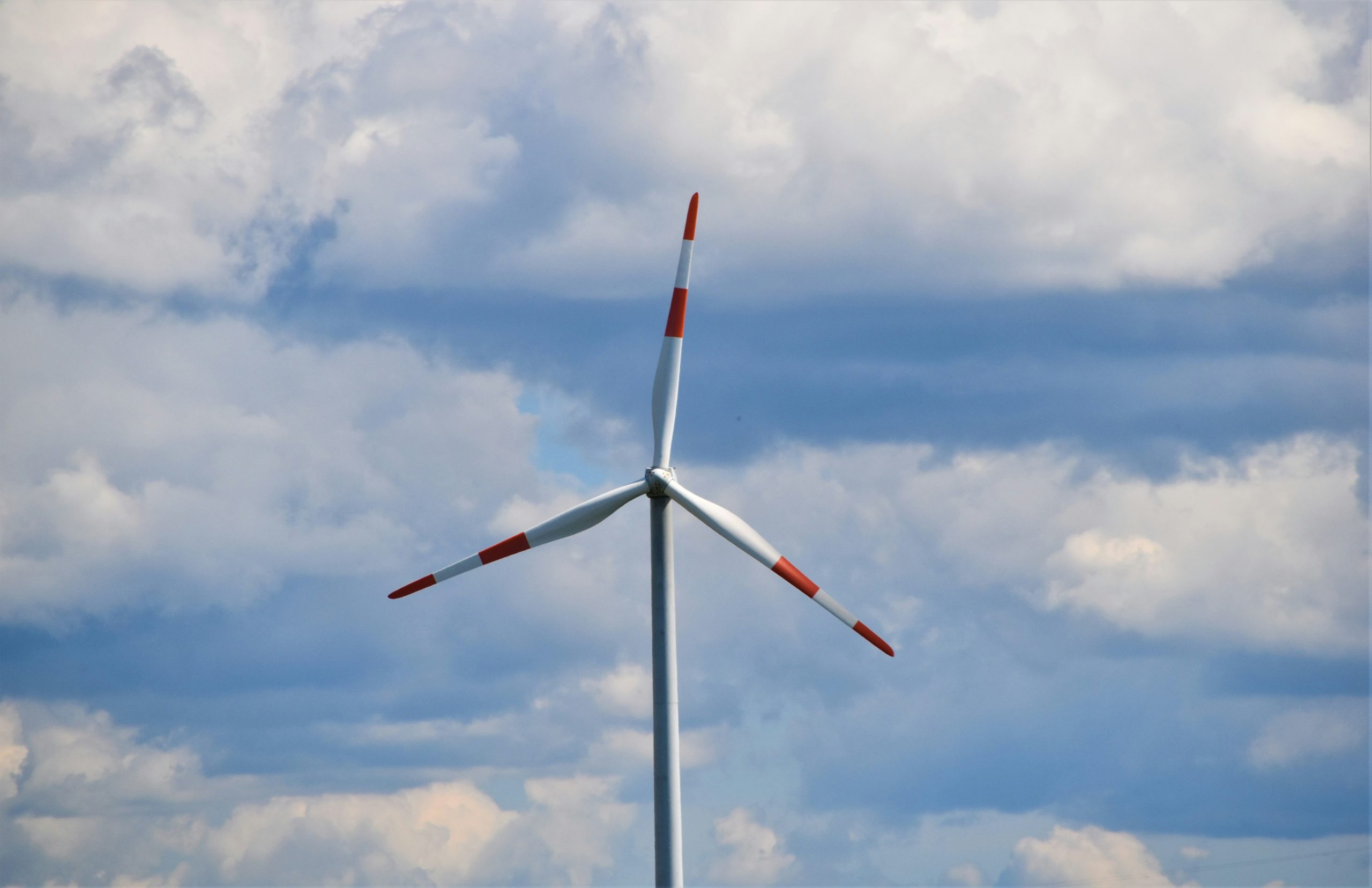The Polish Development Fund (PFR) will build an installation terminal for the operation of Offshore Wind Farms (OWF) at the BalticHub port in Gdansk. Part of the financing for the investment will come from the National Reconstruction Plan (NRP). The project will contribute to the dynamic development of wind energy in the Baltic Sea. It is scheduled for completion in 2026. PFR’s investment in a new terminal at the port of Gdansk will expand Poland’s area by 21 hectares.
The investment involves the creation of a new berth at the BalticHub terminal covering as much as 21 hectares, with the length of the loading quay to be 800 meters, and the depth of the basin at the berth to be 17.5 meters. This will allow the berthing of installation vessels and supply vessels for offshore terminals with an overall length of up to 170 meters. Earlier this year, the project company launched a competitive process for the selection of a general contractor. Construction work is scheduled to begin in mid-2024, and the project is scheduled to be completed in 2026. The project is being implemented under a “design and build” model.
“Offshore wind energy is crucial for the energy transformation of the Polish economy. PFR’s investment in the installation terminal in the port of Gdansk is a strategic project that will stimulate the development in Poland of the entire supply chain for the construction of wind farms in the Baltic Sea” – said Paweł Borys, President of the Management Board of the Polish Development Fund.
The investment assumes financing from two sources. The special-purpose company set up to implement the project has applied for a direct grant, and the project has been identified for implementation from the EU’s National Recovery and Resilience Plan (NRP). In turn, the PFR Investment Fund FIZAN will provide complementary debt financing to cover expenditures, VAT financing, and take a stake in the special purpose vehicle implementing the project.
Demand for offshore installation terminal infrastructure in the Baltic Sea is growing rapidly, in the context of planned investments in offshore wind farms. The estimated value of investments in offshore wind energy will amount to around PLN 130 billion in the coming years. The construction of the first wind turbines in the Baltic is planned for late 2026/2027. By 2030, offshore wind energy will supply electricity annually to about 8 million households in Poland.
In early 2021, the Council of Ministers approved Poland’s Energy Policy until 2040 (PEP 2040). Its goals include the development of renewable energy sources and the implementation of offshore wind energy. The European Union’s (EU) climate and energy policy, including its long-term vision of striving for EU climate neutrality by 2050, also has a significant influence on shaping the national energy strategy.
In the international context, the so-called “Paris Agreement”, concluded in 2015 on climate change (COP21), is crucial for current policies and actions. It stipulates the need to halt the rise in global average temperature to below 2°C from pre-industrial levels.
Offshore wind farm projects will be developed in the Polish Exclusive Economic Zone of the Baltic Sea in the area designated in the Maritime Area Management Plan in the area of Slupsk Shoal, Central Shoal and Odrzana Shoal. In Polish areas, they will be set back from the coastline by no less than 22 km.
Source: Polish Development Fund
















